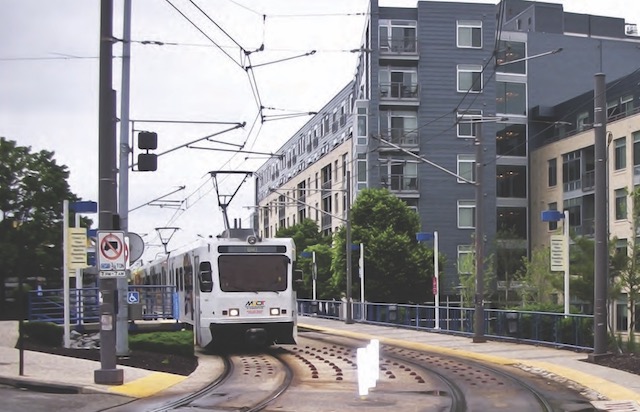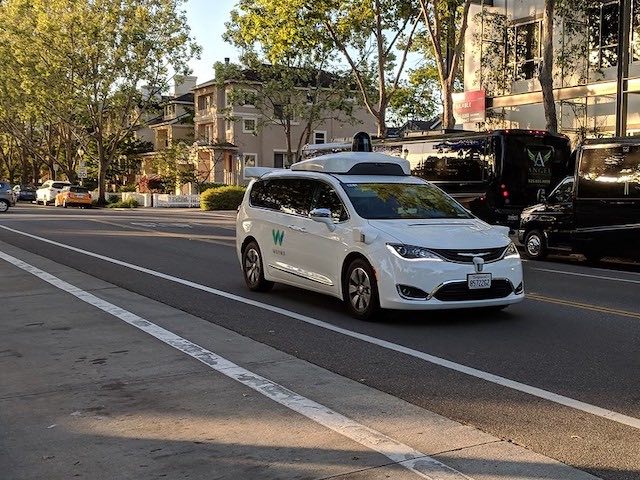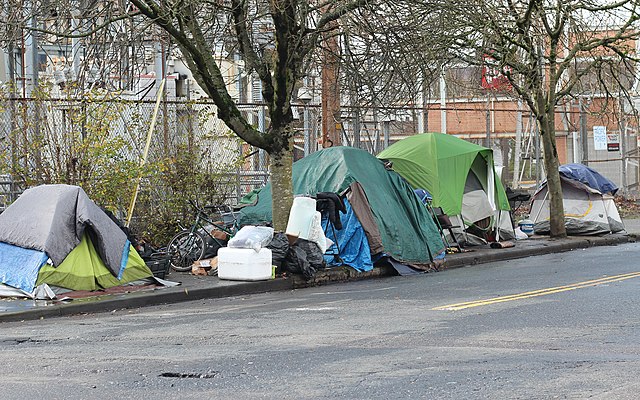Transit agencies are “scrambling” to find funding to keep operating in the face of permanently lower ridership. At the same time, driver shortages are hampering agencies’ ability to keep running buses and trains.
This driver was so overworked that she fell asleep at the wheel and crashed into a utility pole. Yet the bus she was driving was empty, so why were she and the bus there in the first place?
There’s an easy solution to both problems: reduce service. Why run buses and trains that are nearly empty? Ridership isn’t going to come back just because the transit vehicles are there. Cutting service to the levels agencies can afford to operate without further subsidies will also help alleviate driver shortages. Reducing service will in turn reduce greenhouse gas emissions and improve social equity because most of the taxes that would be needed to maintain service are regressive.














